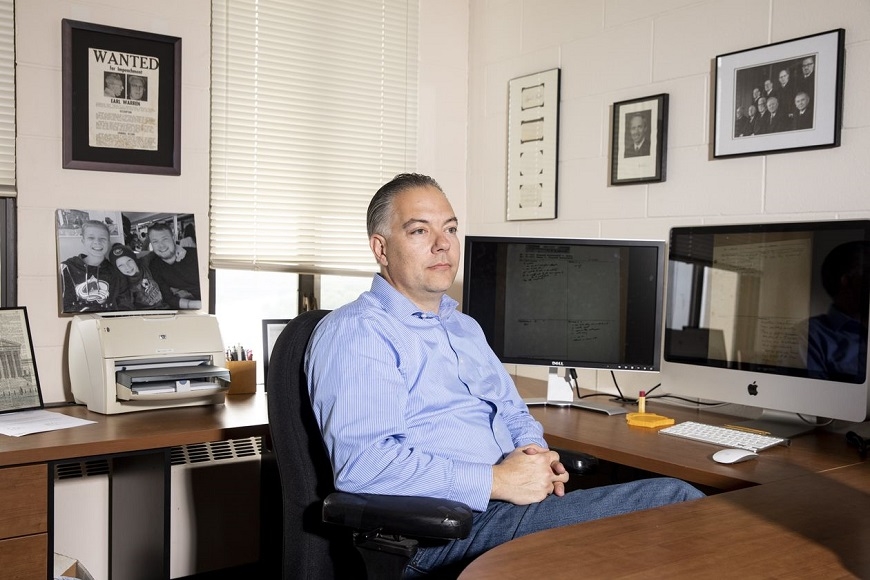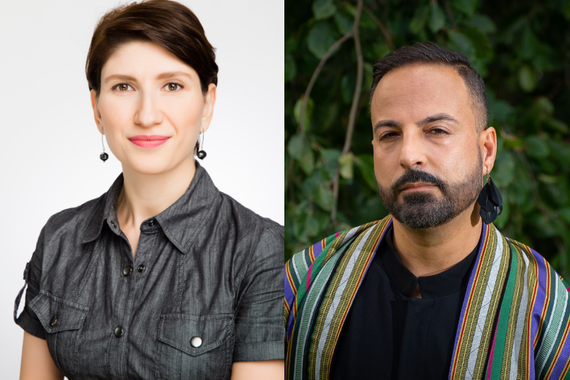From Changed Rules to Changed Behavior
Morse Alumni Distinguished Professor Timothy Johnson talks about his research on how the switch hearing arguments over the telephone, rather than in court, due to COVID-19 has changed attitudes and actions in the US Supreme Court.
How would you summarize your research project?
I analyzed how the US Supreme Court's move from in-court oral arguments to telephonic sessions changed the dynamic of the court's only public proceedings.
Is this research being published? Did others collaborate with you on the project?
Paper one: “COVID-19 and Supreme Court Oral Argument: The Curious Case of Justice Clarence Thomas.” Forthcoming in the Journal of Appellate Practice and Process. Co-authors: Maron Sorenson (assistant professor at Bowdoin College and former UMN graduate student), Maggie Clearly (former UMN undergraduate), and Katie Szarkowicz (former UMN undergraduate).
Paper two: “Oral Argument in the Time of COVID: The Chief Plays Calvinball.” Forthcoming in the Southern California Interdisciplinary Law Journal.
Co-authors: Tonja Jacobi (Northwestern University), Eve Ringsmuth (Oklahoma State University and former UofM graduate student), and Matthew Sag (Northwestern University).
How did you become interested in your research topic?
On a theoretical level, I have spent my career seeking to understand how rules, norms, and procedures affect how political and legal actors make decisions. Empirically, my phenomenon of interest focuses on how oral arguments in Supreme Court cases affect the decisions justices make. Applying my theoretical view to this specific empirical question began with my dissertation (completed 1998) and continued through three books and dozens of articles about the Court's oral argument sessions.
Thus, when the Court fundamentally changed its procedures for argument sessions—which have been in existence for more than 100 years—due to the COVID-19 pandemic, it was natural to ask whether a change in norms, rules, and procedures would change the justices' behavior in terms of how they interact with the attorneys arguing before them and with their colleagues on the bench. The changes included the obvious—arguments over telephone rather than in person—as well as the less obvious—because the participants could not see each other over the phone, the chief justice changed the rules and called on justices to ask questions in order of seniority. The idea was to give each justice equal time to ask questions of interest to them with no (or very little) interruptions from their colleagues.
Were there any outcomes from the project that surprised you? What was surprising?
The combination of these papers led to several notable findings. The first paper makes clear that the change in rules had a marked effect on Justice Clarence Thomas' behavior. Indeed, prior to May 2020 (when the Court switched to telephonic arguments), he spoke at oral arguments in only 39 cases during his 29 years on the bench. With the switch, he spoke in 100 percent of the argued cases.
Second, while the chief justice made clear that the new rules were meant to provide equal time for himself and his colleagues to speak to the attorneys, that is not what played out (at least in the 10 cases argued in May 2020). Indeed, the second paper shows that the telephonic forum changed the dynamics of oral argument in a way that gave the chief justice new power and that Chief Justice Roberts, knowingly or unknowingly, used that new power to benefit his ideological allies. It also shows that the chief interrupted the female justices disproportionately more than male justices and gave the male justices more substantive opportunities to have their questions answered.
How is the knowledge that came out of this project important?
The findings in both papers show how the rules of the game can change behavior. And, as the Court has continued this telephonic procedure during its October 2020 term, how the justices’ interactions for the foreseeable future will be altered.
How does your research connect to your teaching?
I have always found that my research and teaching go hand-in-hand. The Thomas paper came out of a discussion with former graduate students and with the two former undergraduates who are co-authors on the paper. I will use both these papers in future classes to show how systematic data can help answer intriguing questions about how social, legal, and political actors behave. I hope sharing and discussing these findings with students will lead to future research questions as well.


